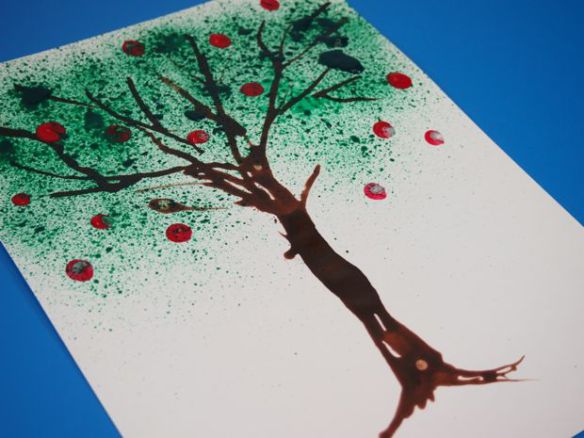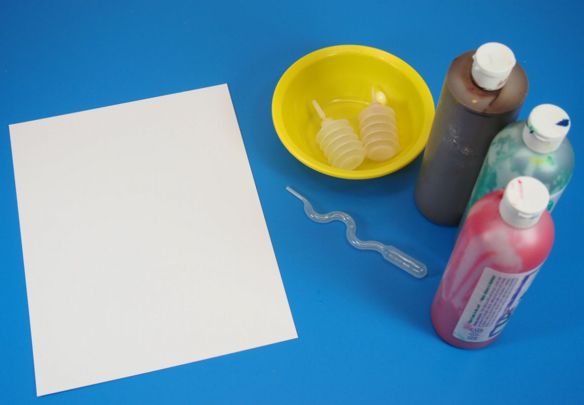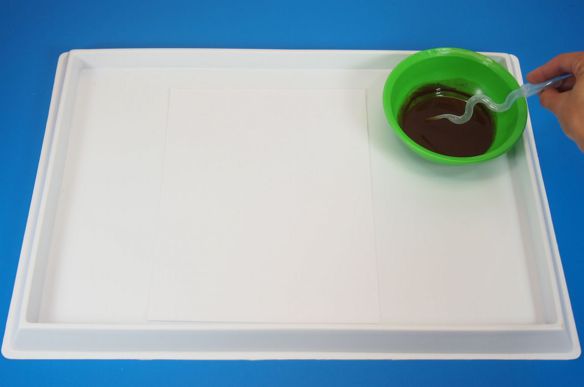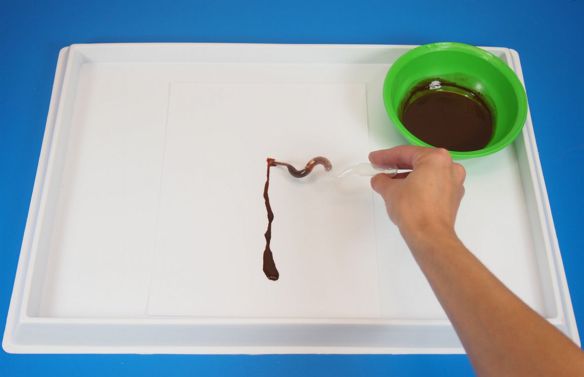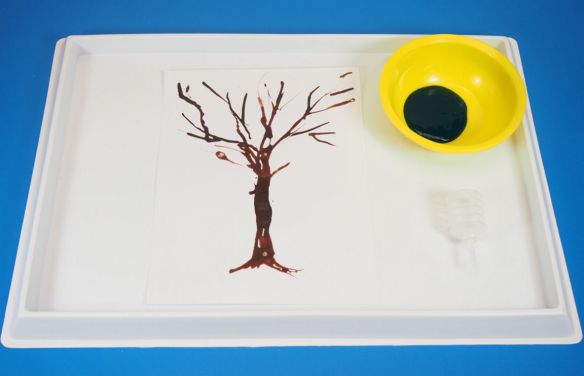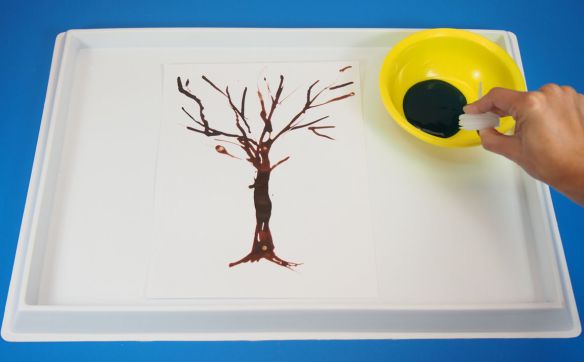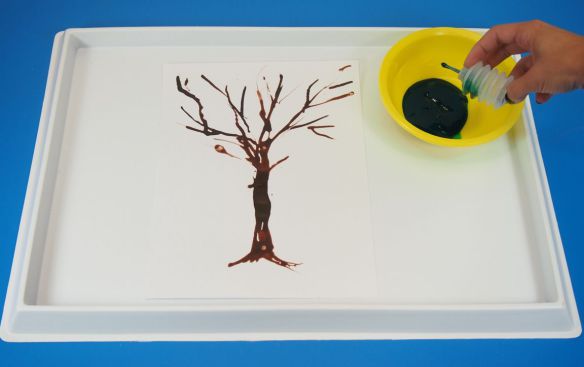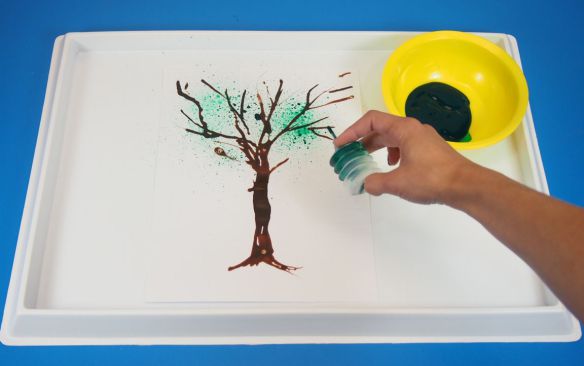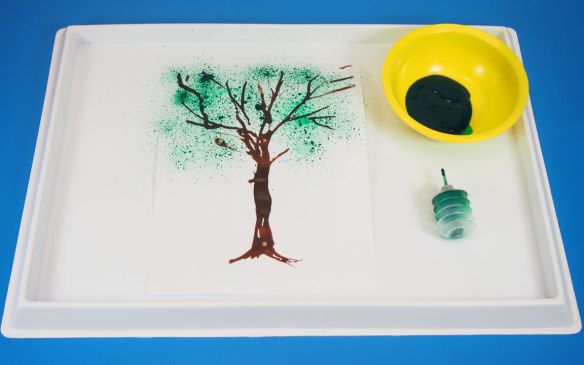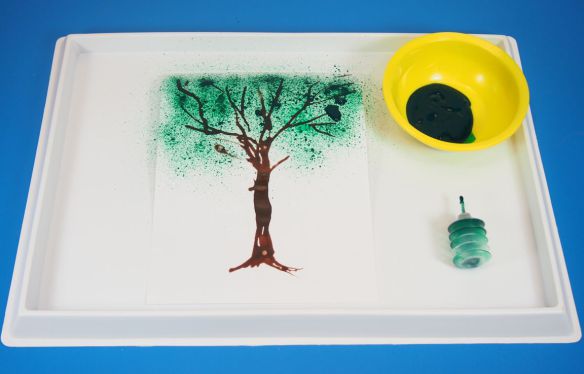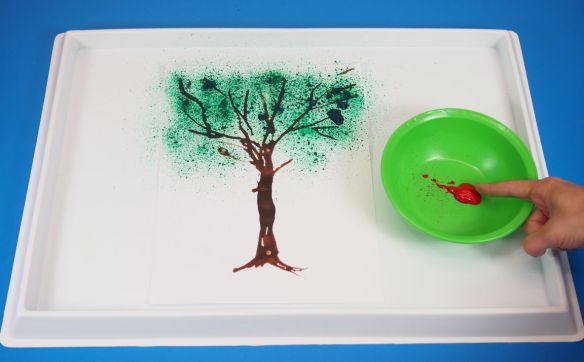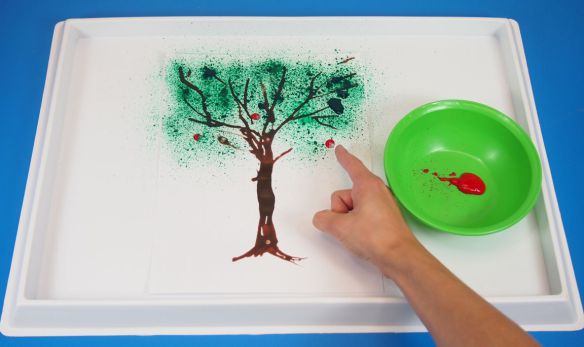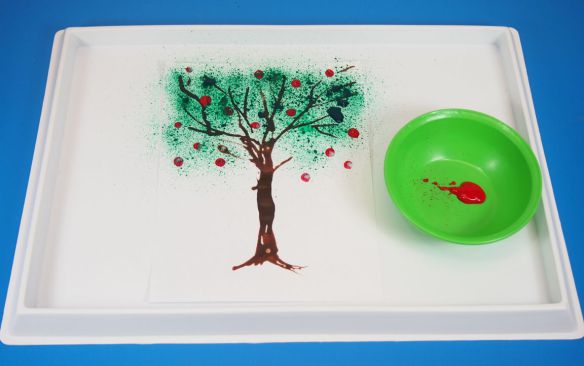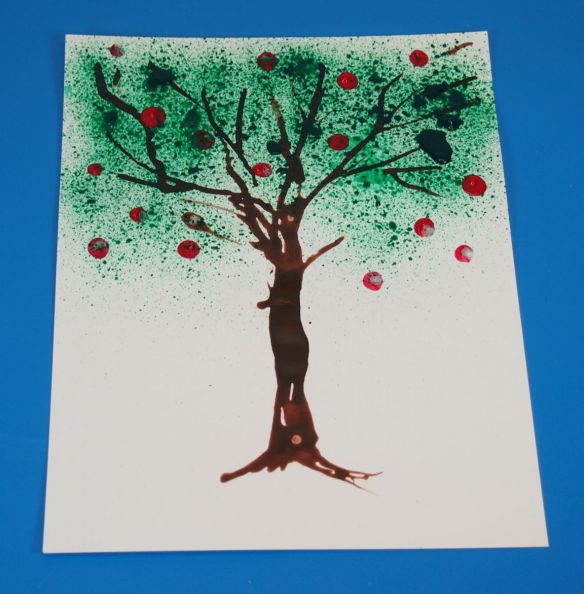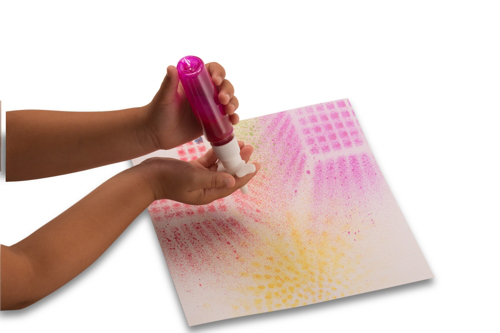
These spritzers are the perfect new tool for art classrooms!
Create beautiful works of art with these adorable, elephant-headed paint sprayers!
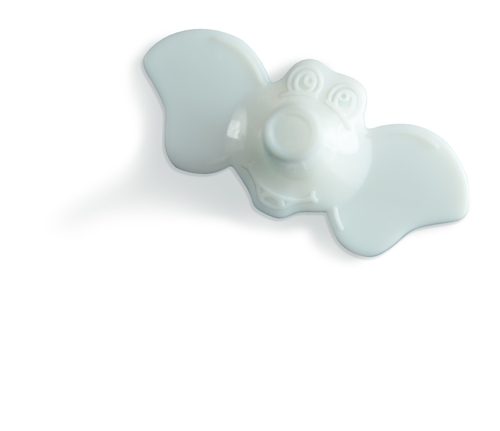
Fill the sprayer bottle with liquid watercolor paint, point the elephant’s head down and squeeze the elephant ear-pump to spritz out a fine mist of color onto craft paper. Make yourself a rainbow of paint sprayers by putting different colors in each of the five sprayers. Dilute the paint with water or add liquid soap to make stains easier to clean.
Graffiti isn’t something we want to teach students how to do, but the painting techniques
employed by street artists like Banksy have many applications. Freehand and stencil spray painting techniques can be successfully adapted for a classroom environment. In addition to teaching an art technique, this is a great opportunity to talk to children about stealing like an artist.
Children might know the phrase “good artists copy, great artists steal.” This quote has been attributed to T. S. Eliot, Pablo Picasso and Steve Jobs. No matter who said it, stealing like an artist doesn’t mean copying someone exactly and presenting the results as your own work—that is plagiarism! Stealing like an artist means using a technique you admire from an artist and innovating that technique to create a unique final product.
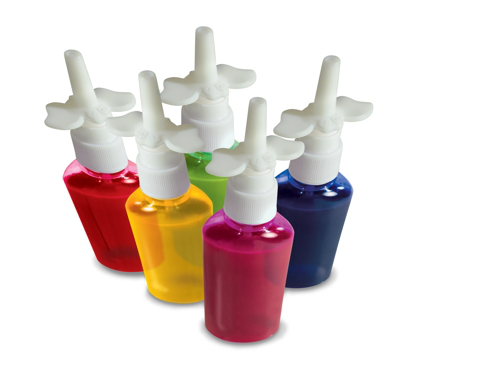
Ideas
- Try putting masking tape on paper in random patterns, spray paint on the paper and then removing the masking tape to reveal beautiful artwork.
- Choose a base color and spray it on a sheet of paper. Place small objects like buttons, blocks, or small cups and containers on the paper over top of the base layer of paint. Spray more layers of paint in different colors over your paper. When you remove the objects, you will have a gorgeous layered painting.
- Spray a layer of paint down. Lightly crumple a sheet of news paper and quickly press it down and remove it to create exciting textures in the paint.
- Use the elephant spritzer to create a background for your painting, and allow it to dry completely. Then use a different medium (crayons or colored pencils) to create the foreground of your painting.
- Create a gorgeous paint texture by laying a piece of mesh or a sheet of Roylco’s R1504 Paper Mesh over top of a sheet of paper and pray paint over top. Remove the mesh to reveal the texture.
- Make a rubbing with a crayon. Use the elephant sprayer to add color and pizzazz to the rubbing. The wax in the crayon resists the paint and will show through.

Like us on Facebook, Share this post with your friends, or Subscribe to this blog today to receive original craft project updates every week

